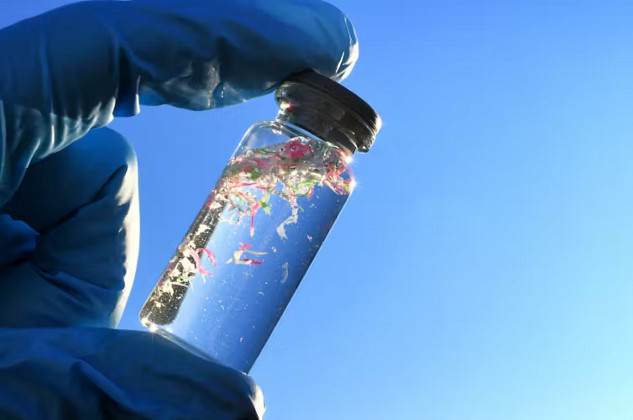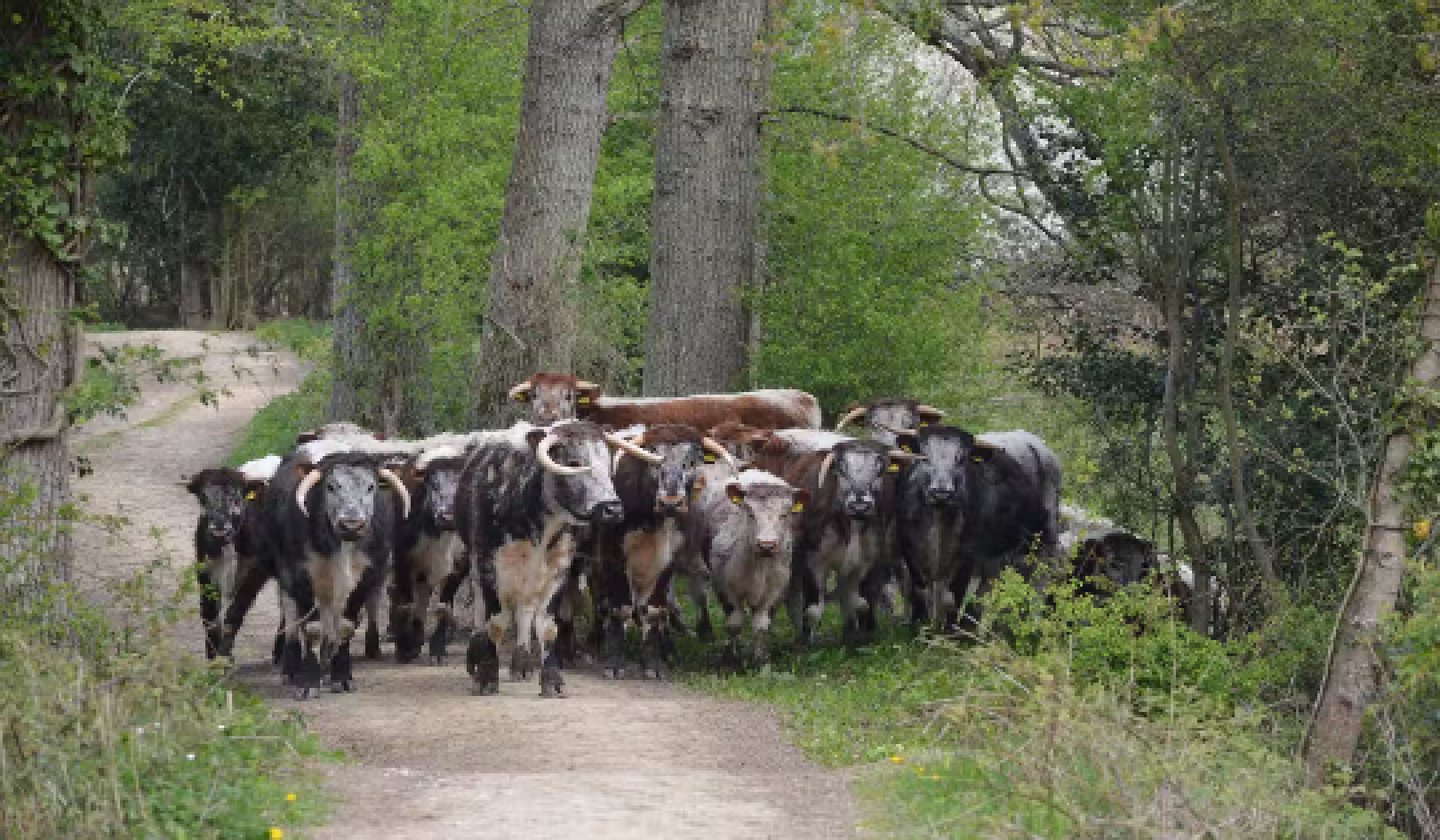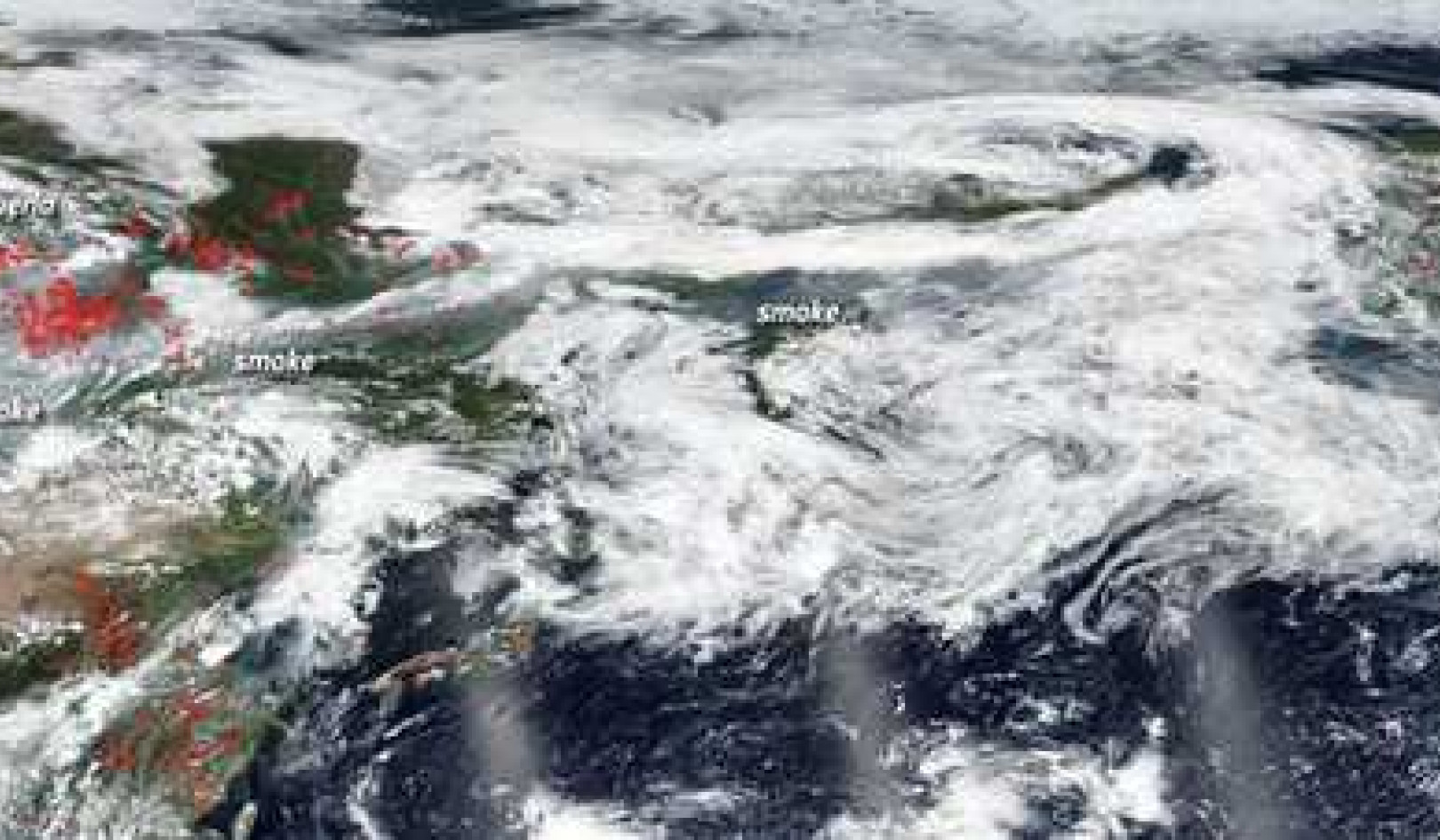
Microplastics in the environment is a growing global problem. (Shutterstock)
In This Article:
- What are microplastics and why are they dangerous to the Great Lakes?
- How much plastic waste is entering the Great Lakes each year?
- What strategies can we use to curb plastic and microplastic pollution?
- Is recycling an effective solution to the microplastic crisis?
- Why reducing plastic consumption is the best long-term solution?
Microplastics in the Great Lakes: A Growing Environmental Crisis
by Lewis Alcott, University of Bristol; Fereidoun Rezanezhad, University of Waterloo; Nancy Goucher, University of Waterloo; Philippe Van Cappellen, University of Waterloo, and Stephanie Slowinski, University of Waterloo.
You would be hard-pressed to find a corner of the world free from microplastics, plastic particles measuring less than five millimetres. They contaminate our drinking water, accumulate in the food we eat and have been found in the human body, including in blood, organs, placenta, semen and breast milk.
In April, delegates from across the world came together in Ottawa for the fourth session of the Intergovernmental Negotiating Committee to develop a legally binding international treaty on plastic pollution. The meeting offered a unique opportunity to identify strategies for addressing the human and environmental health impacts of plastics, including microplastics.
But do we really know what it would take to mitigate the rising amounts of microplastics in the environment?
This article is part of our series Our lakes: their secrets and challenges. This summer, The Conversation and La Conversation invite you to take a fascinating dip in our lakes. With magnifying glasses, microscopes and diving goggles, our scientists scrutinize the biodiversity of our lakes and the processes that unfold in them, and tell us about the challenges they face. Don’t miss our articles on these incredibly rich bodies of water!
In the Great Lakes, plastic pollution along the shorelines poses a major challenge: 86 per cent of litter collected on Great Lakes beaches is either partially or completely composed of plastic. This is worrisome, given the lakes supply 40 million people with drinking water and represent a combined GDP of US$6 trillion. Yet, recent studies show levels of microplastics reaching up to thousands of particles per cubic metre in some areas of the lakes.
CBC News takes a look at the amount of microplastics in the Great Lakes.<
Mismanaged plastic waste
Improving waste management alone is unlikely to address microplastic pollution in the Great Lakes. Consider one of the most common pieces of litter on a beach: a 500 ml plastic bottle. If that bottle is not picked up and placed in a landfill or recycled, over the years it will break down into microplastics; the complete disintegration of the bottle into 100 micrometre size particles would produce 25 million microplastics.
Based on reported concentrations of microplastics and water flow rates of the Great Lakes, we can estimate the yearly amounts of plastic that need to be entering the lakes to match the concentrations of microplastics currently observed.
For Lake Superior, this adds up to the same mass of plastic contained in 1,000 bottles. But Lake Superior is the cleanest of the Great Lakes. For Lakes Huron, Michigan, Erie and Ontario, the corresponding estimates are 3,000, two million, 18,000, and nine million bottles, respectively.
According to the Canadian government’s own estimation, Canadians living in the Great Lakes Basin throw away more than 1.5 million tons of plastic waste each year, equivalent to 64 billion 500 ml bottles. If we include the United States, the total amount of plastic waste in the Great Lakes Basin rises to 21 million tons per year (or 821 billion 500 ml bottles).
For Canada and the U.S., the fraction of mismanaged plastic waste that leaks into the environment because it is not recycled, incinerated or landfilled is estimated to be between four and seven per cent.
According to our calculations, this means that it would take less than 0.001 per cent of the total mass of plastics consumed annually within the Great Lakes Basin to generate the number of microplastics present in the lakes. In other words, just 0.02 per cent of the mismanaged plastic waste already explains the microplastic concentrations in the Great Lakes — the other 99.8 per cent ending up as macro- to micro-sized litter in soils, waterways, ponds, beaches and biota.
What these calculations imply is that the shedding of even very minor, and arguably unavoidable, microplastic particles over the lifetime of a product can lead to significant accumulations of environmental microplastics, including in areas far removed from their source.
While better plastic waste management can help alleviate microplastics pollution, we should not count on it to bring down the microplastics concentrations in all five Great Lakes.
Curbing pollution
Microplastic pollution comes not only from plastic litter in the environment, but also from plastic that is thrown in the trash bin. Even long-lived plastics, such as those that are used in the construction industry, shed microplastics through natural wear and tear.
Once they enter an ecosystem, microplastics become extremely difficult and expensive to clean up. Recycling is the best option currently available, but even this process has been shown to produce microplastics.
At present, less than 10 per cent of plastic is recycled worldwide. With plastic production predicted to triple by 2060, achieving a fully circular plastic economy — where all plastic produced is recycled without shedding microplastic particles — faces huge economic, social, environmental and technological challenges.
And it would take many years to establish such a system, all while microplastic pollution continues to worsen. If we are serious about reducing microplastics concentrations in the environment, the reasonable course of action would be to start reducing plastic production and consumption now.![]()
Lewis Alcott, Lecturer in Geochemistry, University of Bristol; Fereidoun Rezanezhad, Research Associate Professor, Department of Earth & Environmental Sciences, University of Waterloo; Nancy Goucher, Knowledge Mobilization Specialist, University of Waterloo; Philippe Van Cappellen, Professor of Biogeochemistry and Canada Excellence Research Chair Laureate in Ecohydrology, University of Waterloo, and Stephanie Slowinski, Research Biogeochemist, University of Waterloo
Article Recap:
Microplastics are a rapidly increasing environmental threat to the Great Lakes, contaminating water, wildlife, and even human bodies. Plastic waste, even from long-lasting materials, breaks down into harmful microplastics. Better waste management and recycling can help but are not enough to reduce the overwhelming amount of pollution. The most effective way forward is reducing plastic production and consumption to protect our ecosystems.
This article is republished from The Conversation under a Creative Commons license. Read the original article.
Books on The Environment from Amazon's Best Sellers list
"Silent Spring"
by Rachel Carson
This classic book is a landmark in the history of environmentalism, drawing attention to the harmful effects of pesticides and their impact on the natural world. Carson's work helped to inspire the modern environmental movement and remains relevant today, as we continue to grapple with the challenges of environmental health.
Click for more info or to order
"The Uninhabitable Earth: Life After Warming"
by David Wallace-Wells
In this book, David Wallace-Wells offers a stark warning about the devastating effects of climate change and the urgent need to address this global crisis. The book draws on scientific research and real-world examples to provide a sobering look at the future we face if we fail to take action.
Click for more info or to order
"The Hidden Life of Trees: What They Feel, How They Communicate?Discoveries from A Secret World"
by Peter Wohlleben
In this book, Peter Wohlleben explores the fascinating world of trees and their role in the ecosystem. The book draws on scientific research and Wohlleben's own experiences as a forester to offer insights into the complex ways that trees interact with one another and the natural world.
Click for more info or to order
"Our House Is on Fire: Scenes of a Family and a Planet in Crisis"
by Greta Thunberg, Svante Thunberg, and Malena Ernman
In this book, climate activist Greta Thunberg and her family offer a personal account of their journey to raise awareness about the urgent need to address climate change. The book provides a powerful and moving account of the challenges we face and the need for action.
Click for more info or to order
"The Sixth Extinction: An Unnatural History"
by Elizabeth Kolbert
In this book, Elizabeth Kolbert explores the ongoing mass extinction of species caused by human activity, drawing on scientific research and real-world examples to provide a sobering look at the impact of human activity on the natural world. The book offers a compelling call to action to protect the diversity of life on Earth.























